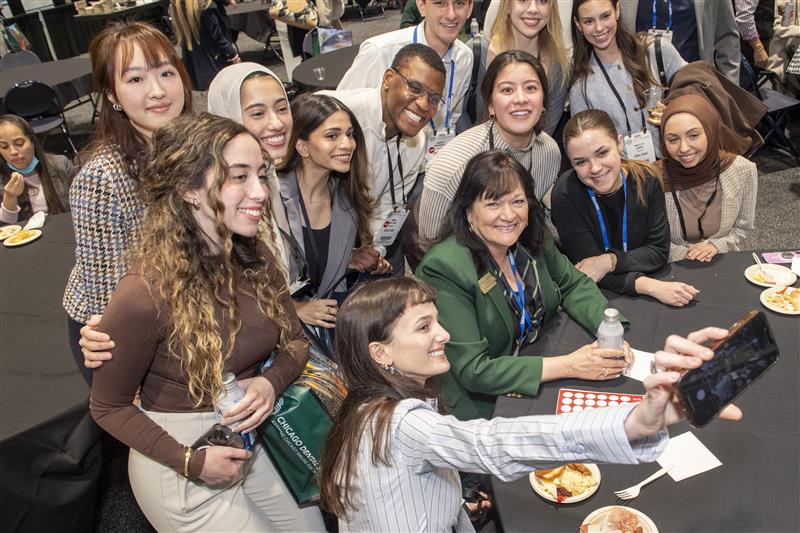
“Mommy, I don't feel good.”
Those are words working mothers dread to hear. Our profession of dentistry is evolving rapidly, and more women are entering the profession than ever before.
At the University of Illinois Chicago College of Dentistry, over 55% of the Classes of 2025, 2026, and 2027 are women. Three of the five Chicago Dental Society officers are women, and mothers. The practice modality of dentistry will be reshaped as the once predominately male profession adds more women. Many are Generation Z, and these Zoomers tend to desire entrepreneurial goals, need a work-life balance, and want flexibility; enter the female business owner, dentist, mother, wife.
I am a Boomer, defined as hard working, ambitious, and, admittedly, a bit of a workaholic. But like Zoomers, we Boomers value relationships with family and friends, though it’s taken us longer to discover that elusive work-life balance. The best work-life balance for me has been owning my practice, which gave me flexibility as my family grew. I could attend school events, adjust my schedule, and make independent decisions about equipment and materials for my practice.
I foresee the rise of small group practices in which women partner to support one another. These partnerships offer advantages: sharing administrative responsibilities, covering for one another during family obligations, and reducing the financial burden of running a solo practice. However, partnerships come with challenges. Early in my career, I considered partnering with another dentist just three years after opening my independent practice. My accountant offered wise but cautionary counsel: “Marriage is a partnership between two people who love one another, and that can be difficult. Now imagine a partnership between two people who aren't in love.” I chose to remain solo, a decision I have never regretted.
That said, partnerships can be successful with the right approach. Based on my observations, and conversations with colleagues, here are some key considerations for managing a dental partnership: shared vision and values, defined roles and responsibilities, open communication, written agreements, financial transparency, and compatibility. While I chose the path of independence, I admire those who navigate partnerships successfully. With proper planning and mutual respect, partnerships can offer the flexibility and support that many women dentists seek as they balance their professional and personal lives.
I’d like to conclude with a shout-out to myself, CDS Treasurer Dr. Renee Pappas, and Dr. Elizabeth Shapiro, ADA interim executive director, we stand as three women leaders, all University of Illinois Chicago College of Dentistry Class of 1988!

